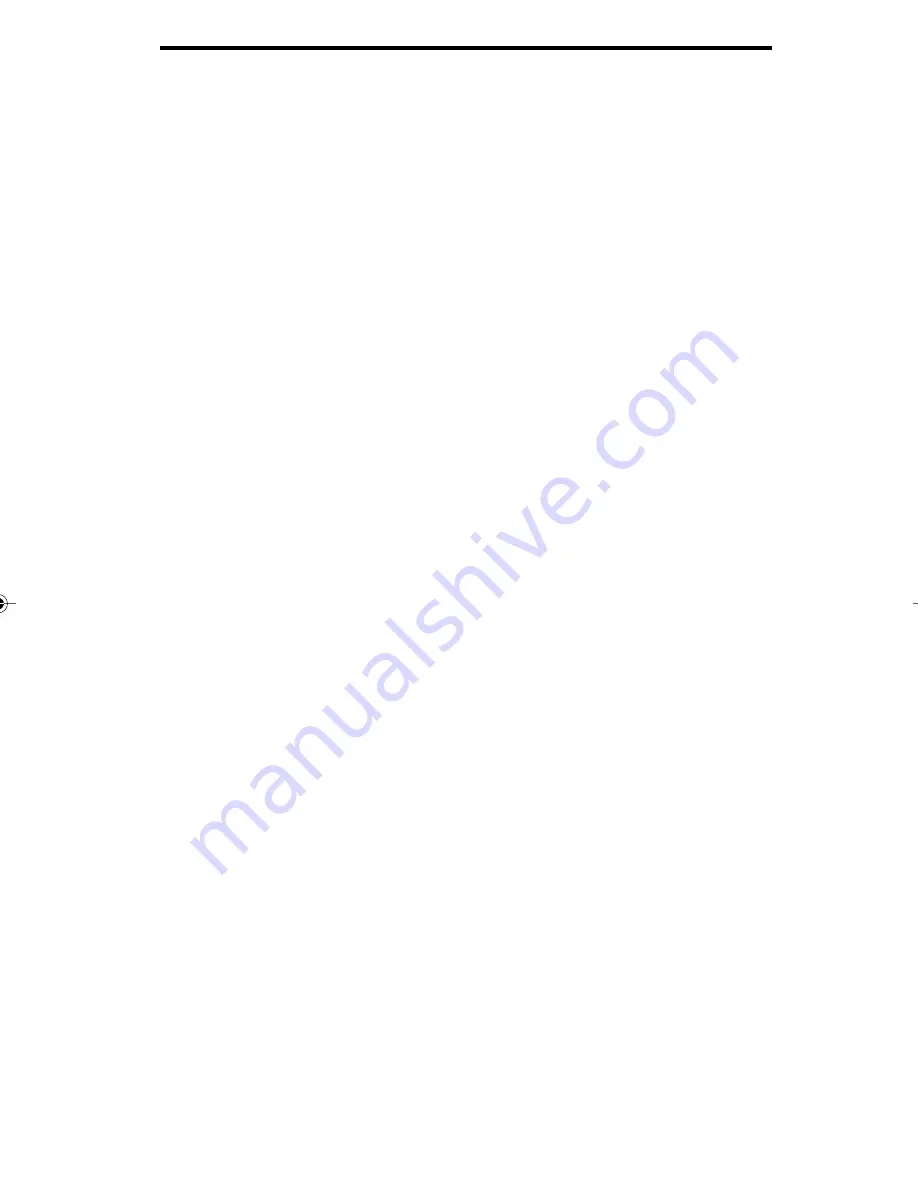
6 - 9
Fax/Image E-mail application
Double-click the name of each e-mail recipient (or highlight the
name and click the To: button). The recipient’s name appears
in the To: portion of the Message Recipient box.
Select OK. The selected name(s) will appear in the To: field
of your Fax/Image E-mail screen.
(Note: You may send copies (CC:) of your e-mail message
to other e-mail recipients by following the procedures as
outlined above. Instead of selecting the To: button, select
the CC: button on both the Fax/Image E-mail screen and the
Address Book dialog box to add the CC: names in the
proper field.)
In the Subject: field, enter the subject of your e-mail message.
In the Message: field, you may enter any additional comments to be
included with your e-mail message.
Click the Send button on your Fax/Image E-mail screen to send
your e-mail message. If you wish to attach a scanned image, follow
the instructions outlined below.
Sending Scanned Documents as an E-mail
Attachment
When you scan, you are essentially snapping a picture of a document and
saving this picture in an image file. Image files can take different
formats which are consequently identified by their 3-letter name
extension (.ala, .bmp, .pcx, .htm, etc).
You can, for example, tear paper from a notebook, scan it, and save the
resulting file in a number of different formats. The file format you
choose is important. If you intend to send a file via e-mail, you should
make sure that your e-mail recipient has an application capable of
opening that type of file. You can choose from a variety of image file
types, but if you’re not sure what type of files your
e-mail recipient is capable of viewing, the best you can do is make an
intelligent guess. It’s likely that if someone has an e-mail account, then
that person probably has a web browser. Virtually all web browsers can
06_faxemail.p65
12/15/98, 2:46 PM
9






























